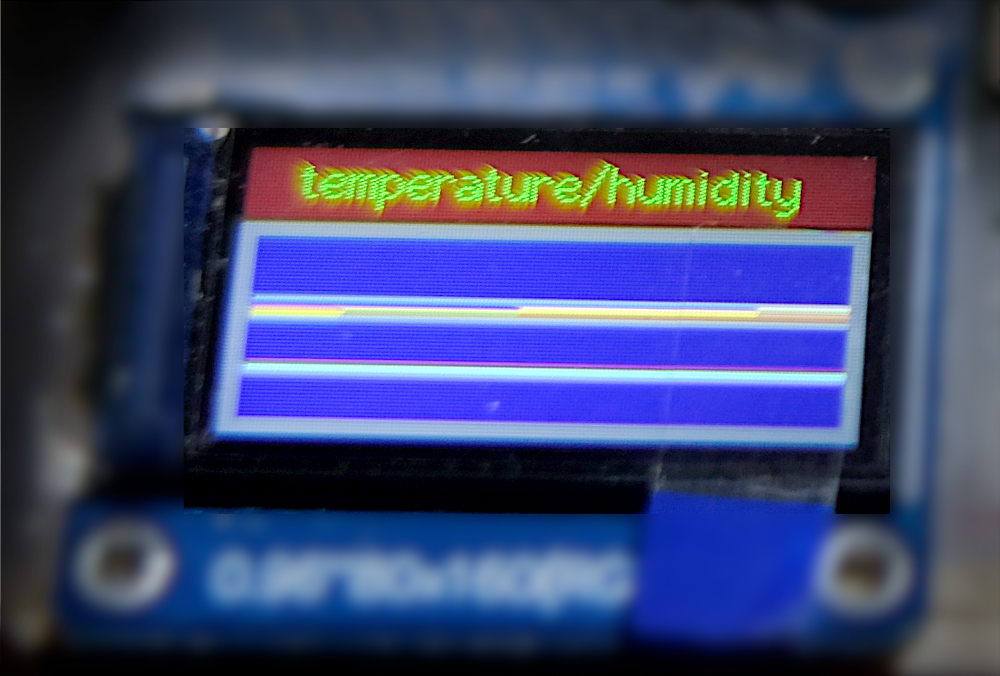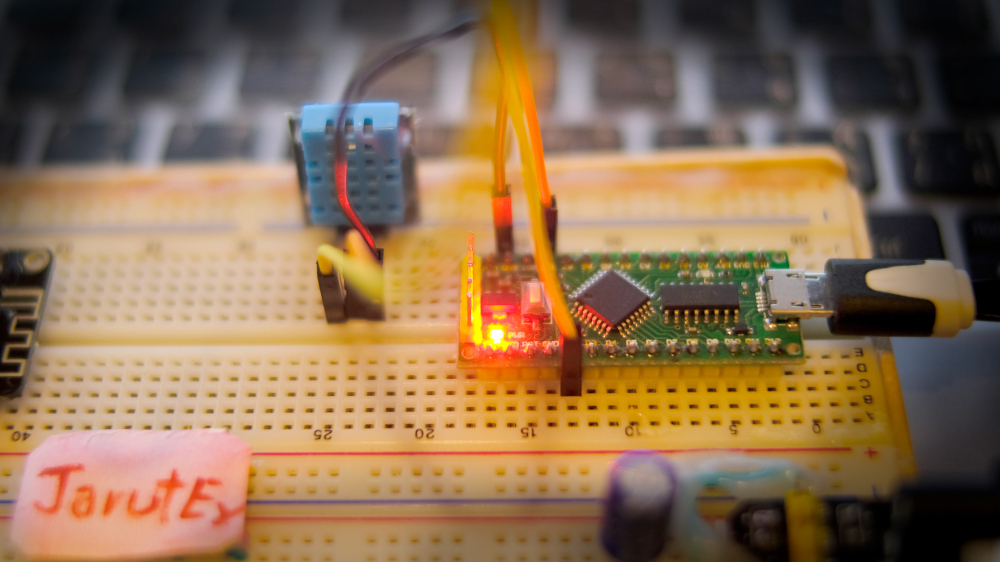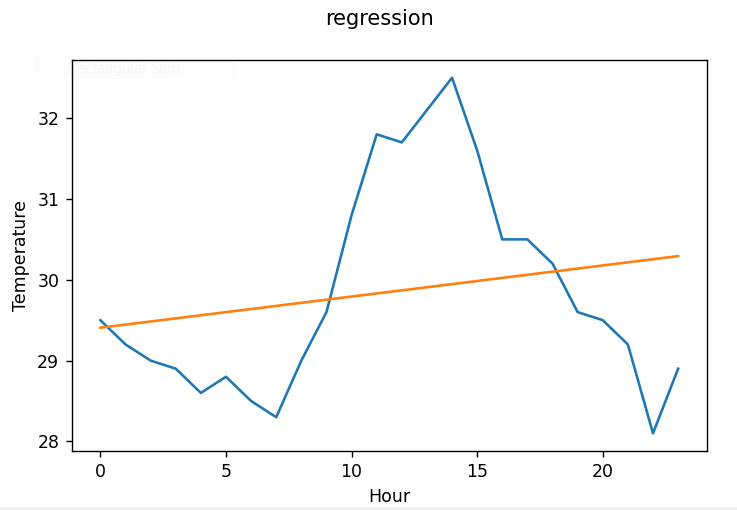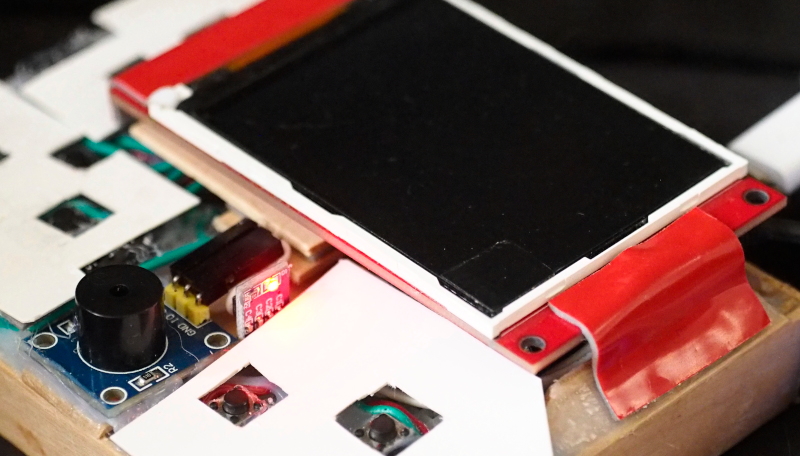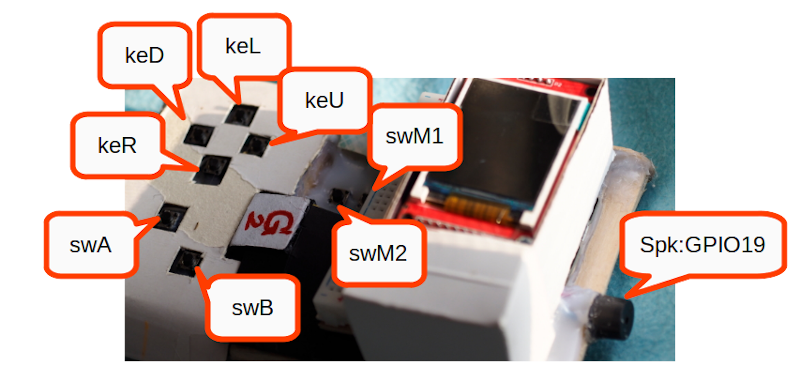[EN] Using GPS in Unity3D
In the last Unity3D article, some of the features in the program were mentioned. In this article, we would like to mention one interesting feature, which is the use of GPS in Unity3D, especially for beginners. Because the program has relatively simple use of GPS.


